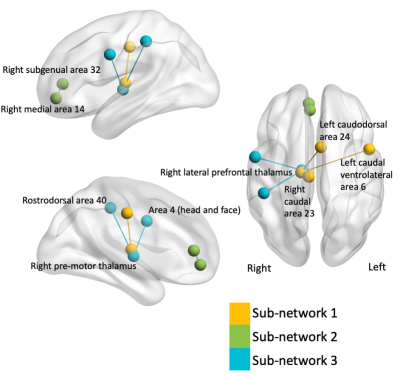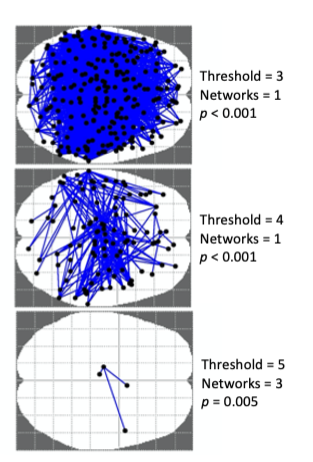Marilena M DeMayo1,2, Jinglei Lv1,2, Shantel Duffy3,4,5, Sharon Naismith3,4,5,6, and Fernando Calamante1,2,7
1School of Biomedical Engineering, The University of Sydney, Camperdown, Australia, 2Brain and Mind Centre, The University of Sydney, Camperdown, Australia, 3Cogsleep, Australian National Health and Medical Research Council Centre of Research Excellence, Camperdown, Australia, 4Charles Perkins Centre, The University of Sydney, Camperdown, Australia, 5Healthy Brain Ageing Program, Brain and Mind Centre, The University of Sydney, Camperdown, Australia, 6School of Psychology, Faculty of Science, The University of Sydney, Camperdown, Australia, 7Sydney Imaging, The University of Sydney, Camperdown, Australia
1School of Biomedical Engineering, The University of Sydney, Camperdown, Australia, 2Brain and Mind Centre, The University of Sydney, Camperdown, Australia, 3Cogsleep, Australian National Health and Medical Research Council Centre of Research Excellence, Camperdown, Australia, 4Charles Perkins Centre, The University of Sydney, Camperdown, Australia, 5Healthy Brain Ageing Program, Brain and Mind Centre, The University of Sydney, Camperdown, Australia, 6School of Psychology, Faculty of Science, The University of Sydney, Camperdown, Australia, 7Sydney Imaging, The University of Sydney, Camperdown, Australia
In an aging cohort considered at-risk for developing dementia, increased body mass index (BMI) was associated with reduced activity in 3 functional brain sub-networks identified using Network-Based Statistics on whole brain connectivity.


